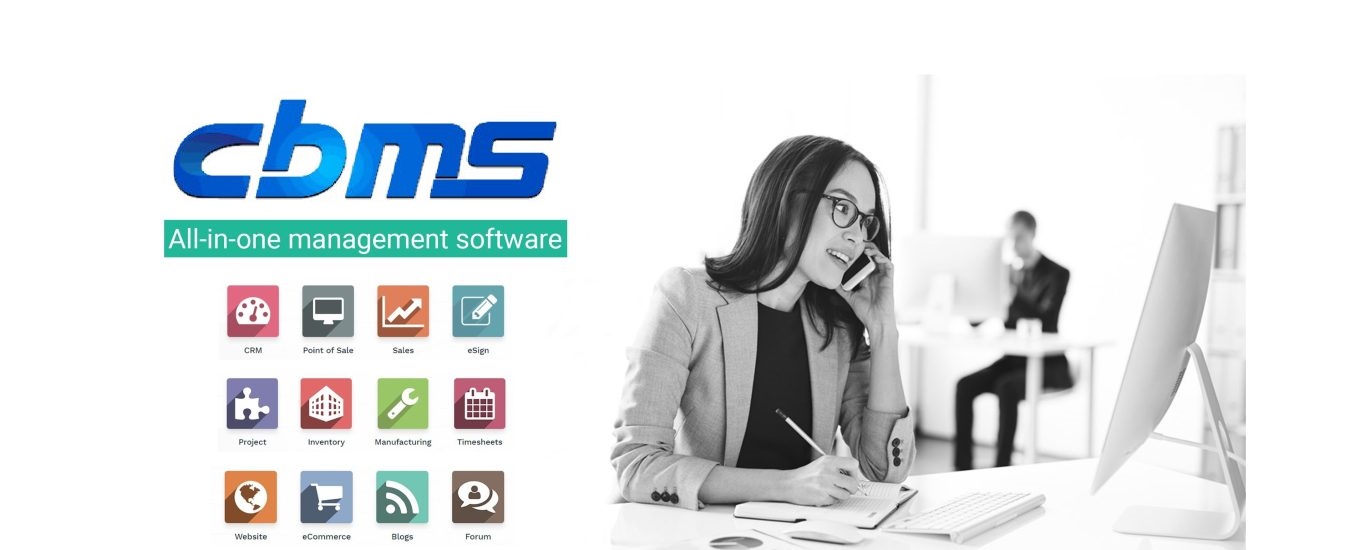how to create pages and edit layout in odoo 13 website
From the ecommerce dashboard, click on GO TO WEBSITE option.
Upon clicking, you will be navigated to the Website page as shown in the below image.
In order to manage your page, click on Edit button on top right corner. It will give you a default page and tools for designing the page. All you need to do is just Drag and Drop the contents.
Click on any element to customize it.
Make use of different design tools to make your website more attractive and inviting. However, don’t forget to save the changes- the current design, once you finish. Select a theme via simple drag and drop of structure blocks. You can select your theme based on the website purpose. Once the theme is selected, you can start to build the homepage of your website.
Click SAVE to mark the changes.
In order to get the mobile view of your website, you can click on the mobile preview button which is placed on top left side of the menu bar.
– Customize Menu and Appearance
– Menu and page customization
One can easily make changes in the appearance of their website. The changes can be made with respect to Menu, Product view and more. In order to customize the menu, follow the below
configuration
Website – Pages – Edit Menu
Create the menu
The new website will be encompassing with default menu with all the installed applications. In order to make changes or edit them click Pages – Edit Menu. Moving forward you can easily edit the menu of your current business website.
This window shall assist you to create new menu options, create submenu and delete menu options.
Via going to Website- Pages- Manage Pages
You can manage your website pages easily,also optimize SEO for this page,clone this page or delete this page
Appearance customization
The customer experience can be modified in all respects significantly on account of the menu *Customize*. All the visual choices accessible there are explicit to every site. Experience the various pages to adjust them to this new group of spectators. Concentrate on workflows, and automatic pages (e Commerce checkout, blogs, events, and so on.) as the quantity of accessible choices is higher there.
To change the appearance of your website like the way your products are listed etc. follow
Website – Customize
List your Products on Site
In order to list your products in the website, go to
Website – New – New product
Upon entering the name, you will be navigated to a new menu like below.
One can easily design the product page using builder blocks, also add the image and cost of the product. Via clicking ADD TO COMPARE, you can feature more images of the product.
Upon entering the details Click Save.
Via tapping the PUBLISHED/UNPUBLISHED button, you can make the presence of the product in website.
Customizing your Product Catalog Page
Product catalog can be seen in your website under product page.
One can customize the product catalog via choosing over different options under
One can display attributes, website categories etc.
Via enablishing Wishlist and Comparison list, you can give your customers a new experience in the shopping
Quick add to cart
Via turning on the options such as Product Description, Add to Cart, List View in Customize menu, you can help the customers with easy purchasing.
Via clicking the option CONTINUE SHOPPING the customers can continue with their purchase, or else proceed to pay via clicking PROCEED TO CHECKOUT.
Switch From one Website to Another
As simple as ABC! There is a website switcher in the right corner of the edit bar. Switching over to another site will associate with the domain of this website. In the event that you utilize another domain for the site, the client is mentioned to sign in.
Publish Specific Content per Website
Like static pages, any content made from the front-end (product, blog entry, and so on.) is in every case only published in the current site. However, one can change that from the edit form view in the backend and leave the Website field clear. This will publish it in every one of the sites.
Here are all the objects that you can link to either one or all the websites are
– Products
– Product Categories for eCommerce
– Blogs
– Slide Channels
– Forums
– Events
– Events
– Note
Upon creating a record from the backend, followed publishing it, a product/event is made available in all websites.
Customizing your Product Catalog Page
#odoodevelopment #odoowebsite #odoo13
For More Videos Subscribe to our YouTube channel.
Visit our company website:
Connect with us:
Facebook:
twitter:
LinkedIn:
Pinterest:
#create #pages #edit #layout #odoo #website


